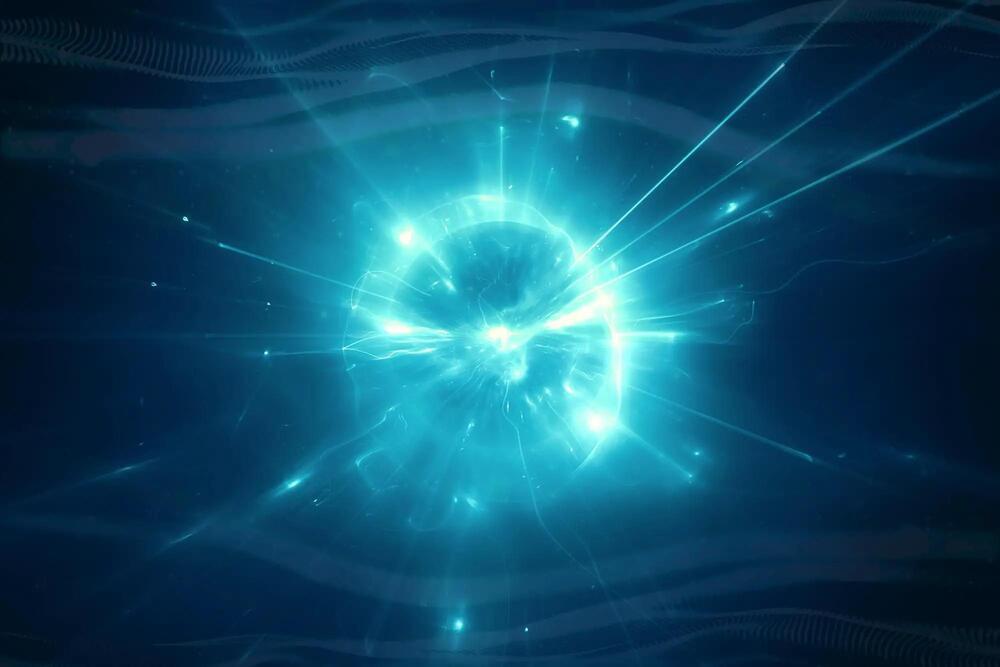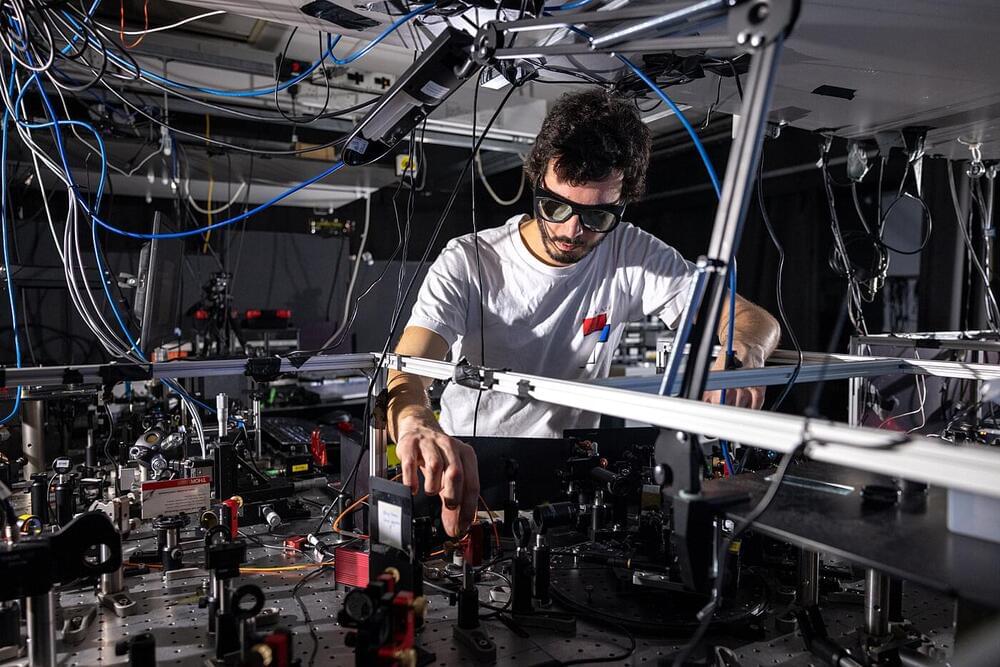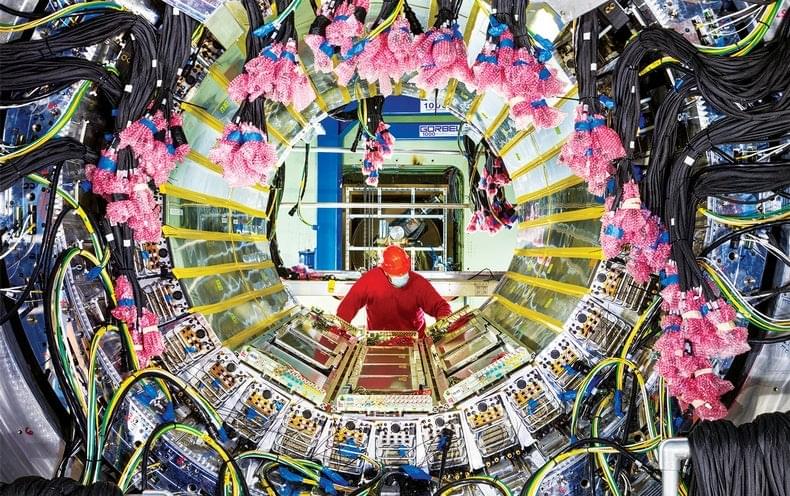
Scientists at Oak Ridge National Laboratory attempted to observe dark matter in a brightly-lit hallway in the basement using the sensitivity of their neutrino detectors. Neutrino Alley, where the team works, is located beneath the Spallation Neutron Source, a powerful particle accelerator. Following up on years of theoretical calculation, the COHERENT team set out to observe dark matter, which is believed to make up to 85% of the mass of the Universe. The experiment allowed the team to extend the worldwide search for dark matter in a new way, and they are planning to receive a much larger and more sensitive detector to improve their chances of catching dark matter particles.
Few things carry the same aura of mystery as dark matter. The name itself radiates secrecy, suggesting something hidden in the shadows of the Universe.
A collaborative team of scientists called COHERENT, including Kate Scholberg, Arts & Sciences Distinguished Professor of Physics, Phillip Barbeau, associate professor of Physics, and postdoctoral scholar Daniel Pershey, attempted to bring dark matter out of the shadows of the Universe and into a slightly less glamorous destination: a brightly lit, narrow hallway in a basement.

















